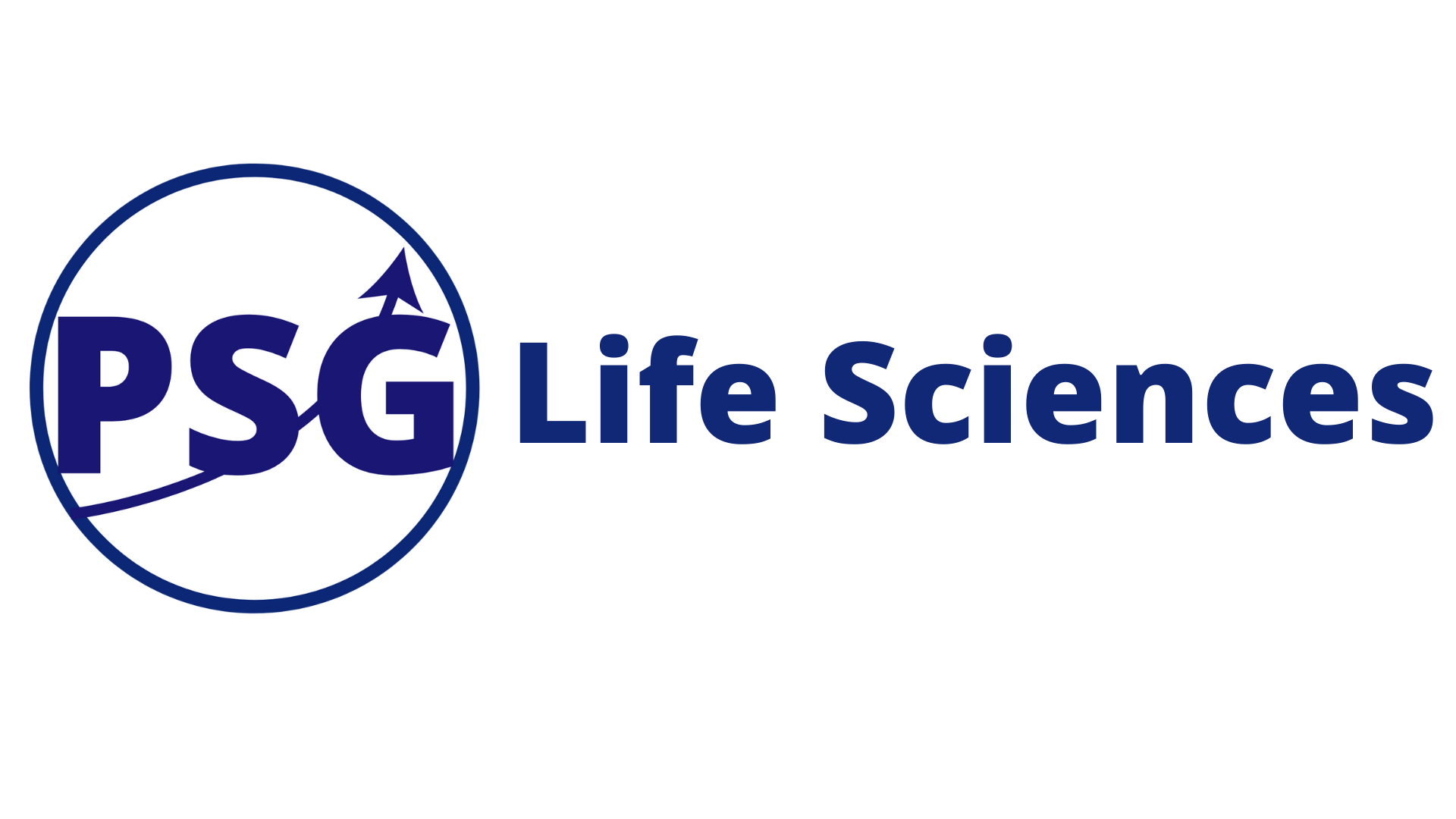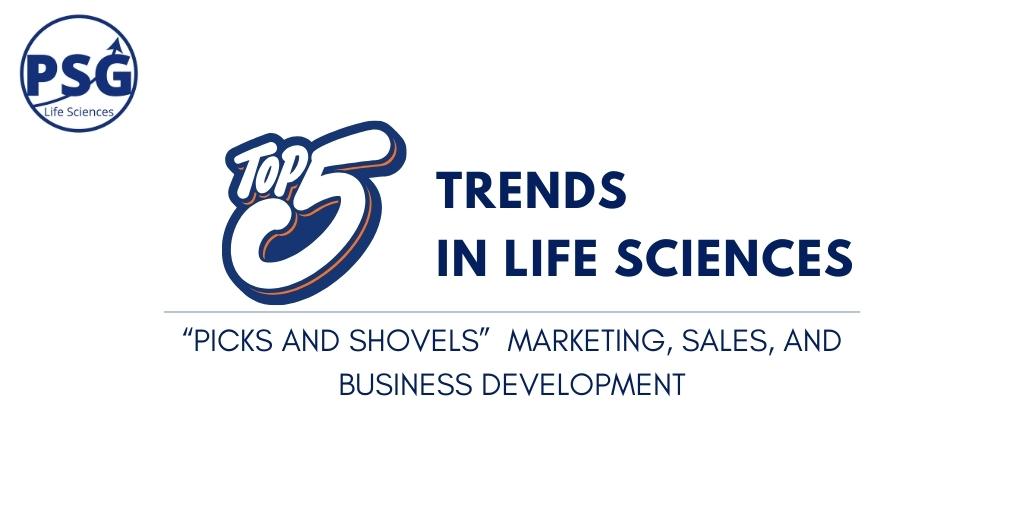Introduction
The life sciences industry is constantly evolving, driven by advances in technology, changing customer preferences, and the need to stay competitive in a dynamic market. In this fast-paced environment, marketing, sales, and business development professionals in the life sciences “sector must keep pace with emerging trends to achieve their goals effectively. In this blog post, we’ll explore the top five trends in life science marketing, sales, and business development.
1. Account-Based Marketing (ABM)
Account-Based Marketing (ABM) has gained significant traction in the life sciences product and services sector. ABM is a targeted approach that focuses on individual customer accounts, rather than broad market segments. It involves tailoring marketing and sales efforts to meet the specific needs and preferences of high-value accounts. In the life sciences, where relationships and precision are crucial, ABM allows businesses to engage with key stakeholders in a personalized and meaningful way. This trend is becoming increasingly popular as it helps organizations navigate diverse end-user workflow requirements and deliver solutions that address specific client application needs.
Working with our clients PSG has developed PrecisionABM a facilitated process that hyper-segments ABM targeting and messaging. This aligns marketing and all customer-facing personnel with clear playbooks for each account and end user.
2. Sales Development Representatives (SDRs)
Sales Development Representatives (SDRs) have become essential players in life science sales and business development teams. SDRs are dedicated to identifying and qualifying leads before passing them on to the sales team. They shepherd the transition from a Marketing Qualified Lead (MQL) to a Sales Qualified Lead (SQL). Life Sciences, where products and services are often complex and require tailored solutions, having SDRs who can engage with prospects to understand their unique needs and pain points is crucial. The SDR role bridges the gap between marketing and sales, making the process more efficient and improving the quality of leads.
As someone who has been in sales my whole career, it is hard to admit but scientific buyers do not like dealing with salespeople who provide little technical value. With that, many companies are leveraging SDRs to connect technical application specialists earlier in the sales cycle. The BD and sales personnel drive the proposal negotiation process which many times is not managed by the scientific end user.
3. Omnichannel Marketing and Sales
Omnichannel marketing is the practice of engaging with customers across multiple channels, providing a seamless and consistent experience. This trend is particularly relevant in the life sciences sector, where we need to connect with and influence a diverse group of stakeholders (bench scientist, Director of R&D, strategic sourcing, etc.) involved in the decision-making process. Whether it’s social media, email, webinars, or conferences, an omnichannel approach ensures that messages are well-coordinated and that prospects receive consistent and relevant information throughout their customer journey.
At PSG Life Sciences we have found while most companies have much if not all the resources and content (CRM, content, social media accounts, tradeshows, etc.) required to implement an omnichannel strategy they are misaligned, and the execution is not effectively coordinated. This can be solved through creating, implementing, and managing a 90-day project and change management program that will drive KPIs and ensure the team drives the strategy.
4. Fractional Commercialization Resources (FCR)
Fractional resources, or outsourced experts on a part-time basis, are on the rise in life science marketing, sales, and business development. Many companies in this sector require highly specialized skills, and it may not always be cost-effective to hire full-time professionals. Fractional resources allow organizations to tap into the expertise they need when they need it, without the long-term commitment of full-time hires. This flexibility allows life science companies to stay agile and adapt to changing market dynamics while maintaining a lean workforce.
The current market financial pressures are challenging life science growth and go-to-market strategies. Delayed and canceled projects are forcing companies to lay off personnel and reduce costs. This is where fractional resources can help. We have been providing clients with fractional marketing, BD, and sales resources to keep focused on top-of-funnel activities for the past several years. FCR leverages experienced personnel and proven processes to accelerate efforts to drive revenue and strategic initiatives at a lower cost and reduced risk.
5. AI Content Development
Artificial Intelligence (AI) is transforming content development in the life sciences industry. AI-powered tools can analyze vast amounts of data to generate content that is not only accurate but also tailored to the specific scientific interests of the audience. This is particularly valuable where content must be highly informative and precise.
AI can help in creating scientific papers, whitepapers, and other educational materials, saving time and resources while ensuring quality and accuracy. While there are immediate opportunities to improve the quality of day-to-day customer and prospect communication. We found that some of the AI communication efforts are starting to look and sound impersonal and generic defeating the effort to improve personalization.
We will have more posts on this emerging technology.
Conclusion
The life sciences “Picks and Shovel” market segment is evolving, and marketing, sales, and business development professionals need to adapt to stay competitive. The top five trends in life science marketing, sales, and business development, including Account-Based Marketing, Sales Development Representatives, Omnichannel marketing, Fractional Resources, and AI Content Development, are helping organizations navigate the complexities of the industry. By embracing these trends, companies in the life sciences sector can better serve their customers, streamline their operations, and ultimately drive growth in this dynamic and critical field.

